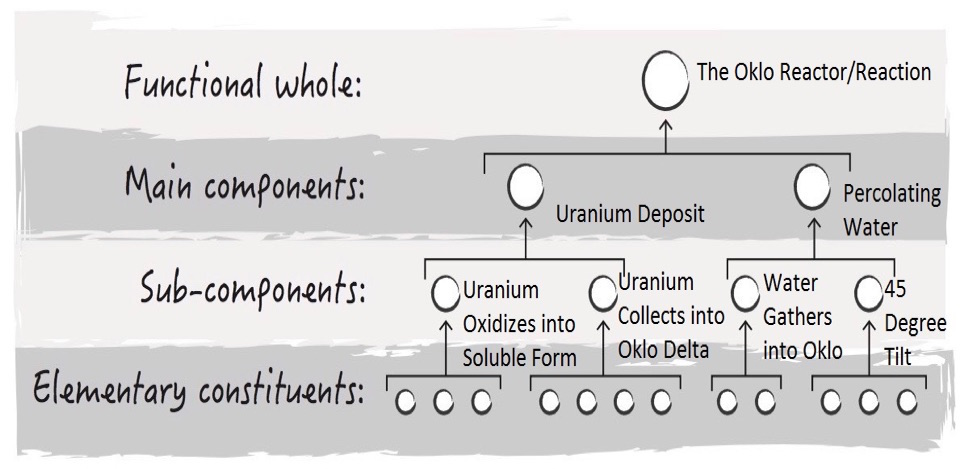Did Archaeologists Discover The Biblical City Of Sodom?
Here's one potential site.
Carol Kuruvilla
The fiery fate of the doomed cities of Sodom and Gomorrah has captured the imaginations of artists, theologians and archaeologists for years. The book of Genesis describes how God "rained down burning sulfur" to punish those cities for their wickedness, destroying all living things inside of them.
But is there any proof that these cities really existed and that they were destroyed by a sudden The answer, for Dr. Steven Collins, a professor of Biblical studies and apologetics at Trinity Southwest University, is yes. He claims he may have located Sodom.
Since 2005, Collins and his team have been studying an archaeological site in the southern Jordan Valley known as Tall el-Hammam. After wrapping up the tenth season of excavations, he believes they've found a "goldmine of ancient monumental structures and artifacts" that suggests the site was a powerful city-state during the Early and Middle Bronze Ages (between 3,500 and 1540 B.C.)
Over the years, his research team has found evidence of a massive defensive wall, a palatial structure and a gateway complex that dates back to the Middle Bronze Age. During the 2015 season, the archaeologists found a few more towers and gates.
For Collins, all of this points to the fact that Tall el-Hammam was likely one of the largest cities east of the "Kikkar," a Hebrew word that describes the plains near the Jordan River. He also claims that Tall el-Hamman is strategically located near ancient water resources and trade routes. calamity?The answer, for Dr. Steven Collins, a professor of Biblical studies and apologetics at Trinity Southwest University, is yes. He claims he may have located Sodom.
Since 2005, Collins and his team have been studying an archaeological site in the southern Jordan Valley known as Tall el-Hammam. After wrapping up the tenth season of excavations, he believes they've found a "goldmine of ancient monumental structures and artifacts" that suggests the site was a powerful city-state during the Early and Middle Bronze Ages (between 3,500 and 1540 B.C.)
Over the years, his research team has found evidence of a massive defensive wall, a palatial structure and a gateway complex that dates back to the Middle Bronze Age. During the 2015 season, the archaeologists found a few more towers and gates.
For Collins, all of this points to the fact that Tall el-Hammam was likely one of the largest cities east of the "Kikkar," a Hebrew word that describes the plains near the Jordan River. He also claims that Tall el-Hamman is The professor says there's a good chance that the Biblical text is referring to Tall el-Hammam when it describes Sodom.
"Tall el-Hammam seemed to match every Sodom criterion demanded by the [Bible]," he told Popular Archaeology. "When we explored the area, the choice of Tall el-Hammam as the site of Sodom was virtually a no-brainer since it was at least five to ten times larger than all the other Bronze Age sites in the entire region, even beyond the Kikkar of the Jordan."
His team also unearthed evidence that suggests the booming city came to a sudden end near the end of the Middle Bronze Age, which is close to the time that Collins believes the Biblical leaders Abraham and Lot walked the earth. It's unclear what caused the city's change in fortune, but one possibility is that it was destroyed by fire. The site reportedly remained a wasteland for about 700 years after this event.strategically located near ancient water resources and trade routes. Collins isn't alone in his quest to find Sodom. Other scholars have suggested that Sodom and Gomorrah rose to prominence in the early Bronze Age and that they were located in different regions near the Dead Sea.
Hershel Shanks, the editor of the Biblical Archaeology Review magazine, agreed that Tall el-Hammam seemed like it could be the site of ancient Sodom -- but he cautioned that locating an ancient city destroyed by God is at its core a theological question.
"Theological questions are not subject to scientific proof—or disproof. But whoever wrote down this text did have some site in mind when he said that God destroyed Sodom," Shanks told The Huffington Post in an email. "Tall el-Hammam is an excellent candidate for the site the author of the Biblical text had in mind when he said that God destroyed Sodom."
